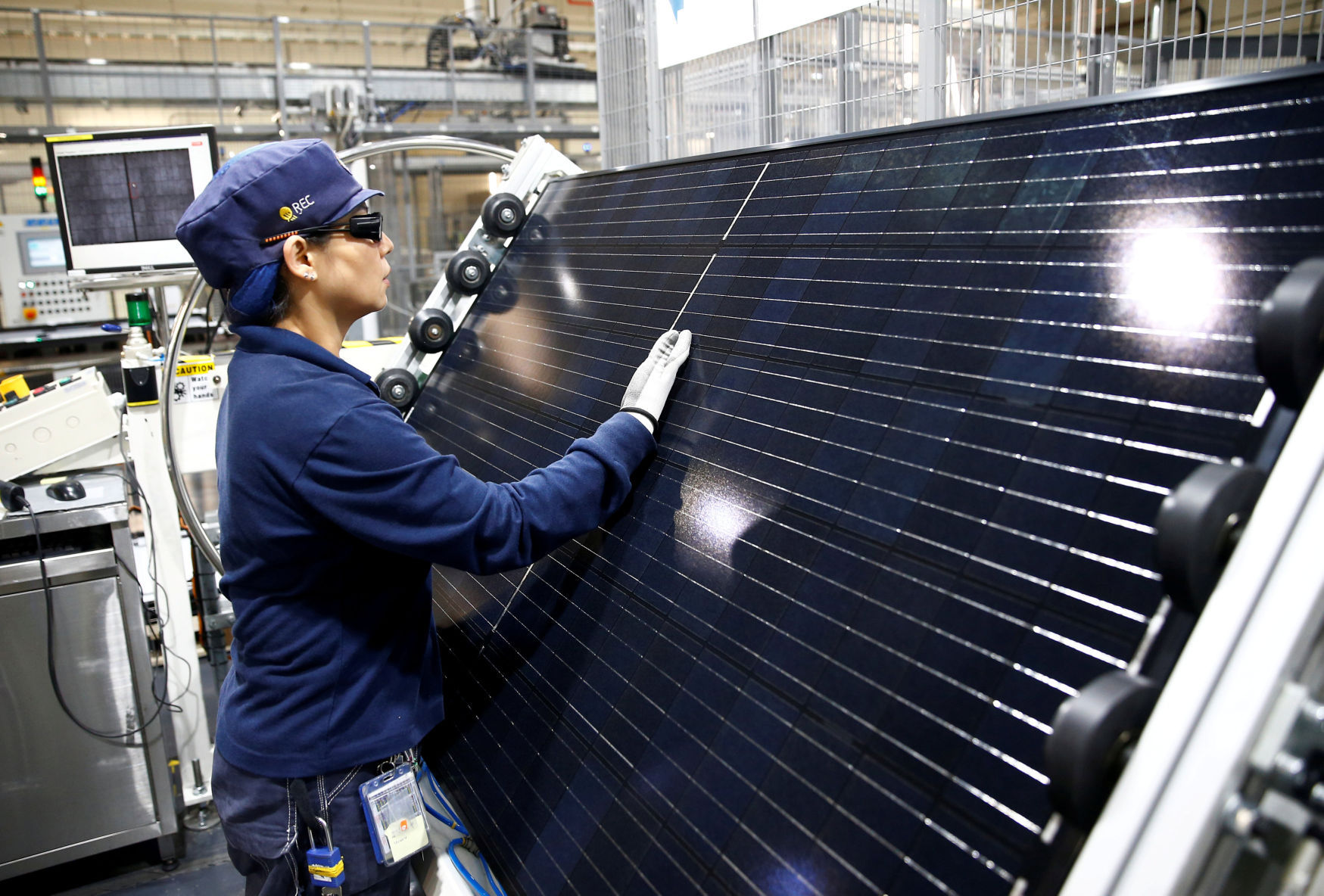Alinta Energy CEO Jeff Dimery's prediction of a 35 percent increase in electricity prices has raised many questions about solar panels, according to the founder of SolarQuotes.
"One of our traffic experts came to me and said: "Traffic is off the charts." It's completely media driven," Finn Peacock said.
Demery, which operates the coal-fired Loi Young Bee power station in Victoria, made the assessment at the AFR Energy Conference on Monday. A day later, Treasurer Jim Chalmers described rising energy costs as "the most problematic aspect of our inflation problem over the next six to nine months".
SolarQuotes noted a similar increase in demand in June, usually a quiet month for the solar industry, after regulators announced electricity tariff hikes of up to 20%. The company responded to more than 10,000 inquiries, more than twice as many as in June 2021 and more than any other month.
This increase in demand was an early indicator of a recovery in the solar PV industry. Tristan Eads, director of consultancy Green Energy Markets, said the installation continued in August and particularly in September.
He stated that the data for the two months is close to the growth periods of 2020 and 2021.
According to data from Green Energy Markets, Australia's total installed capacity was 253 megawatts in September, 17 percent above the year-to-date average. The recovery in demand is being welcomed by the industry, given the number of new capacity upgrades in recent years, Edis said.
Demand for residential capacity grew by 13.8 percent, while commercial demand grew by nearly a third.
"It seems to show that there is a recovery," he said. "If anything, [companies] will lay off workers before interest rates rise."
Australia has the highest solar PV adoption rate in the world. Dylan McConnell, author of the new book "Superpower Transformation," attributes the industry's ups and downs to the "solar current" of policy change.
In some states, with nearly a third of homes installed with solar panels, more and more electricity is being generated at home. In regional WA, including Perth, almost three-quarters of demand was covered by the cap last month, pushing overall net demand to an all-time high.
While there are still plenty of rooftops suitable for solar, demand is likely to cool off again, Edis said. One reason for the slowdown is the rising cost of new systems, driven in part by supply chain problems in China, and the "starvation" of excess power fed back into the grid to homes.
As in many areas of the economy, labor shortages are driving up installation costs, he said.
SolarQuotes' Peacock says that while the cost of systems has increased, "they're still not driving people away." Taking into account the increase in the price of electricity in the press, the buyers consider the panels as "insurance against further price increases".
The size of the plant is also increasing, now the average unit has a capacity of 8 kilowatts. Demand for batteries to charge panels used to store excess energy is increasing.
So far in October, one in five solar panel questions included a question about batteries, compared to about 12% a year ago.
Another indicator of where the industry is headed is the increase in purchases of electric vehicles. Tesla's Model Y was the third most popular car sold in Australia last month, with the company selling almost 6000 all-electric vehicles, according to the Federal Chamber of Automotive Industry.
Peacock says electric power owners, who often have solar panels, are becoming a new source of questions as they realize their current systems are small. This change may create new demand for the industry in the future.



